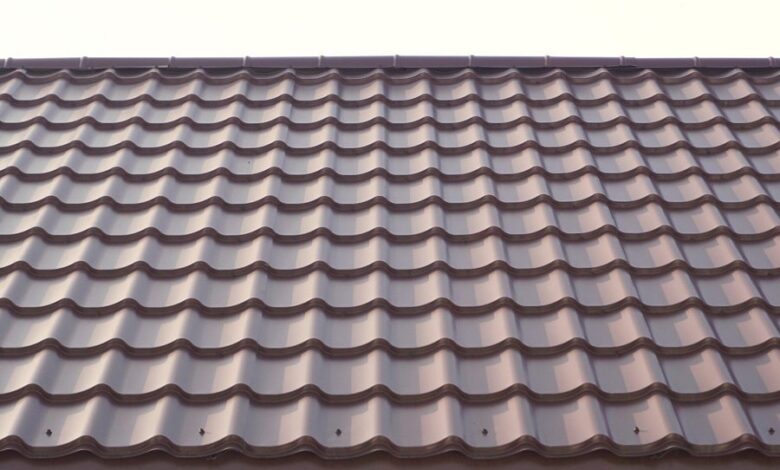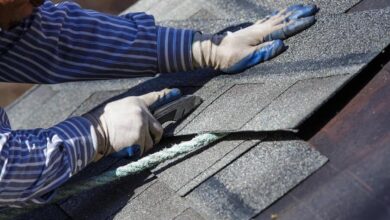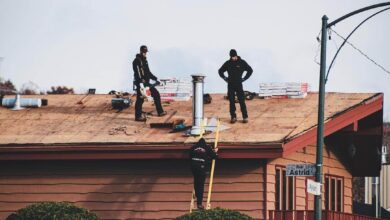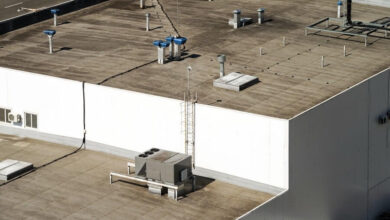Understanding the Differences: TPO vs PVC Roofing for Commercial Buildings

Have you ever wondered what makes TPO and PVC roofing different
When it comes to commercial buildings, choosing the right roofing material is crucial. TPO (Thermoplastic Polyolefin) and PVC (Polyvinyl Chloride) are two popular choices, each with its own set of benefits.
This guide aims to shed light on these differences, making it easier to make informed decisions. Keep reading to understand more about TPO vs PVC roofing.
What is TPO Roofing?
TPO roofing stands for Thermoplastic Polyolefin. It’s a kind of covering used mostly on flat or slightly sloping roofs of commercial buildings.
It’s white, which helps reflect the sun’s rays, keeping buildings cooler and cutting down energy costs. TPO is also easier to install and repair, making it a cost-effective choice for many business owners.
What is PVC Roofing?
PVC roofing, short for Polyvinyl Chloride, is another top pick for commercial rooftops. Unlike TPO, PVC includes added plasticizers for flexibility and is resistant to chemical damage. This makes it perfect for restaurants or factories.
Its strong seams are welded with hot air, providing excellent protection against leaks. Plus, PVC’s reflective surface also helps in reducing cooling costs. Durable and long-lasting, PVC roofing is a solid investment for businesses looking for a blend of performance and value.
Durability and Lifespan
When picking roofing materials for commercial buildings, durability and lifespan are key. TPO and PVC roofs stand out because they are really tough and can last a long time.
TPO roofs have a life of about 20 to 30 years. They’re strong against tears, dirt, and bacteria, which is great for a roof’s long life.
PVC roofs, on the other hand, can last even longer – up to 30 years or more with good care. Their ability to resist chemical damage and strong, leak-proof seams make them super durable. When you choose either TPO or PVC, you’re investing in a roofing solution that won’t need replacing anytime soon.
Installation Process
Installing a TPO or PVC roof isn’t a DIY job. It requires professionals who know exactly what they’re doing. For a smooth installation, hiring a reputable roofing company in San Antonio, for example, is your best bet. The process starts with cleaning the roof surface.
Next, the chosen material, either TPO or PVC, gets rolled out and attached to the roof, either by mechanical means or with adhesive. Seams are then heat-welded to create a watertight seal. The entire process is straightforward but needs precision.
Cost Comparison
When it comes to the cost of TPO and PVC roofing, your budget plays a big part in the decision. TPO roofing is generally more affordable, making it a great option for those looking to save money. This cost-effectiveness comes from easier installation and lower material costs.
On the other hand, PVC roofing might cost a bit more initially. However, its durability against chemicals and extreme weather can mean savings over time due to fewer repairs.
You should also think about long-term savings. No matter which one you choose, think about how it fits your budget now and in the future.
Picking Between TPO vs PVC Roofing
The choice between TPO vs PVC roofing boils down to what’s important for your building and budget. TPO is cheaper and keeps your place cool, while PVC is super tough and lasts longer. Both are top options for keeping your building safe and dry.
Your choice should match your building’s needs and your money plans. Whichever you pick, you’re making a smart move for your building’s future.
For more helpful blog posts like this one, visit the rest of our site!




